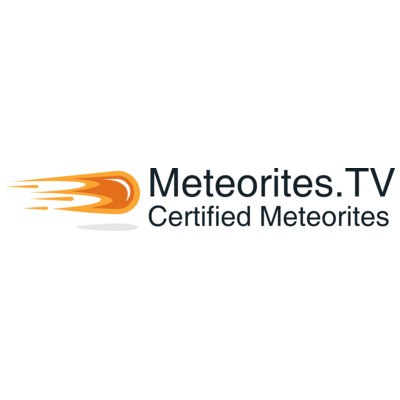Primitive Meteorites
Most primitive meteorites belong to a class called chondrites, and chondrites do not only represent the most common type of meteorite, but also some of the most primitive matter known. They are more or less undifferentiated, primordial matter that has remained nearly unchanged for the last 4.5 billion years.
The chondrites formed simultaneously with the central star of our system, the Sun. It is thought that small droplets of olivine and pyroxene condensed and crystallized from the hot primordial solar nebula in form of small spheres that we call chondrules. This process of solidification and crystallization is not completely understood, and different scientists suggest different theories for chondrule formation. However, they all agree that those chondrules accreted with other material that condensed from the solar nebula forming a matrix, and of course, the larger parent bodies of those primitive meteorites, i.e., smaller and larger asteroids of chondritic composition.
In their chemical compositions, chondrites and other primitive meteorites, such as primitive achondrites, resemble the Sun, depleted of the most volatile elements like hydrogen and helium. However, the distribution of elements has not been uniform in the primordial solar nebula - elemental composition varied as did the conditions under which the chondritic parent bodies formed. Different asteroids formed in various regions of the primordial solar nebula under different conditions. Those parent bodies were further subjected to different thermal and chemical processes as well as to impacts with other asteroids resulting in a variety of chondrites, and primitive achondrites which have been categorized into several clans, groups, and subgroups by modern meteoritics and cosmochemistry. We will elaborate on most of these clans and groups on the respective pages.
